This week, Red Hat caught a lot of the Linux community off-guard by what was a shocking announcement for many: CentOS 8 as we know it, will see a reduced lifecycle, ending in December 2021. Further, while the project will still support CentOS 7, CentOS, as the community has known it, is effectively a dead project at this point. This is fairly consistent with how IBM is known to do some acquisitions, but it is still shocking.
The Video Version
Since we have been doing more content with video lately, we are also including a version of this as a video for you to listen to.
Of course, we know most of the folks on here prefer to read, but this video is a fairly close representation of what is in the article. Feel free to open it on YouTube and check it out there.
CentOS Project Key History
While some will like to go back to the founding of CentOS, we instead wanted to focus on what CentOS had effectively become over the last 5-10 years: a Red Hat Enterprise Linux (RHEL) alternative without the support contract.
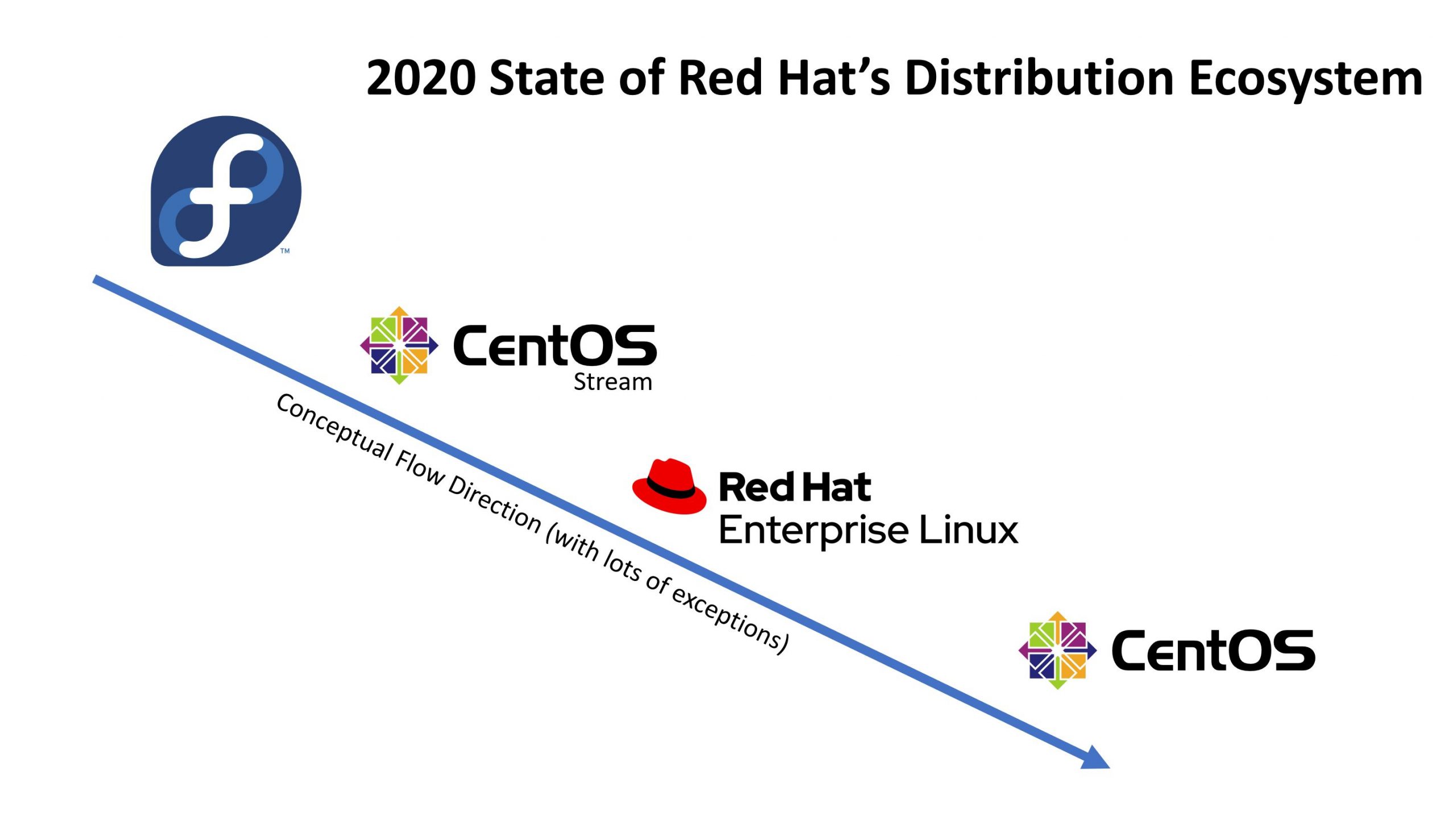
Even if you run on Debian derivatives, you are aware of how mature the RHEL ecosystem is. It is a testament to Red Hat being the top open-source company in the world. CentOS releases generally lagged the RHEL releases by a few months, but effectively were clones of RHEL for those that did not have the budget for RHEL. Some can say CentOS was something different, but if we are being fair, a huge portion of the usage was effectively to access key parts of the RHEL ecosystem while not paying a subscription fee.
In 2014, Red Hat saw the potential and the benefits to its ecosystem and brought the CentOS team in-house. There is a team inside Red Hat developing CentOS with salaries and badges. The rationale from what I have been told is that it was better to have applications built on CentOS then brought up to RHEL as they matured rather than putting more development effort into the Ubuntu/ Debian ecosystem. That is both simplistic, but also makes a lot of sense. As part of this arrangement, Red Hat effectively got control of the CentOS governing body. That makes a lot of sense since Red Hat would be paying for developers, but it also made a few folks think about what could happen with CentOS not being independent.
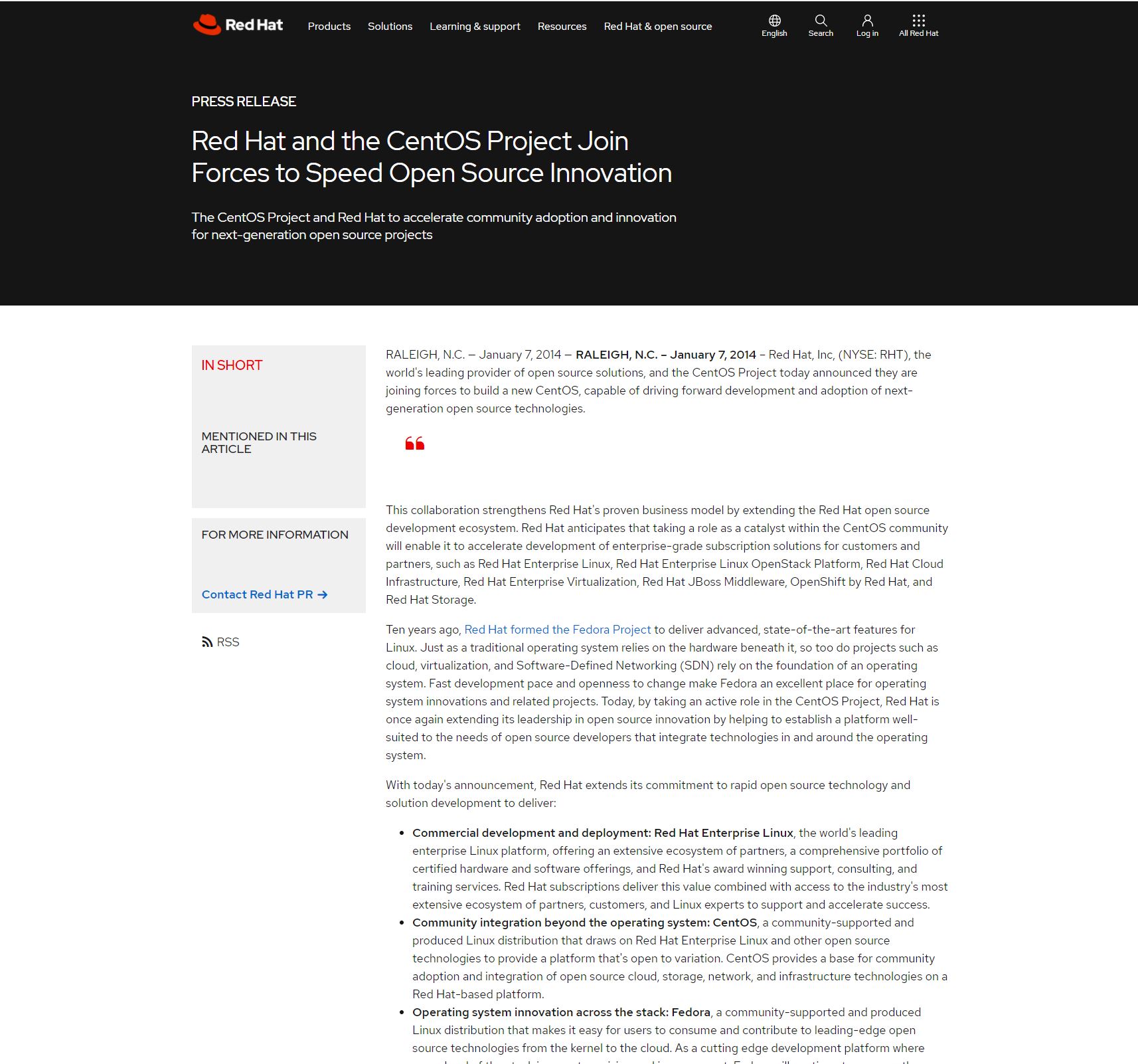
Taking a step back to 2014, anyone building applications saw Red Hat’s signal that it was committing resources to CentOS and frankly felt fairly good about platforming on CentOS. We almost switched back our hosting infrastructure to CentOS because of that, but there was a not-insignificant risk that we would get forced into a subscription at some point.
Between that acquisition, and 2020, we had a period where loosely CentOS would follow RHEL releases, supported by official Red Hat resources, by a few months. It took some time to extract bits of IP in RHEL and other changes, but for years, this was the operating model.

Another key factoid is that the end of support for CentOS 6 was in November 2020. Since RHEL and CentOS are known for long support cycles, a lot of organizations decided to jump from CentOS 6 to 8 instead of re-platforming on 7 since that maximizes the time until another re-platforming effort would need to be scheduled. Or that is what many in the industry thought.
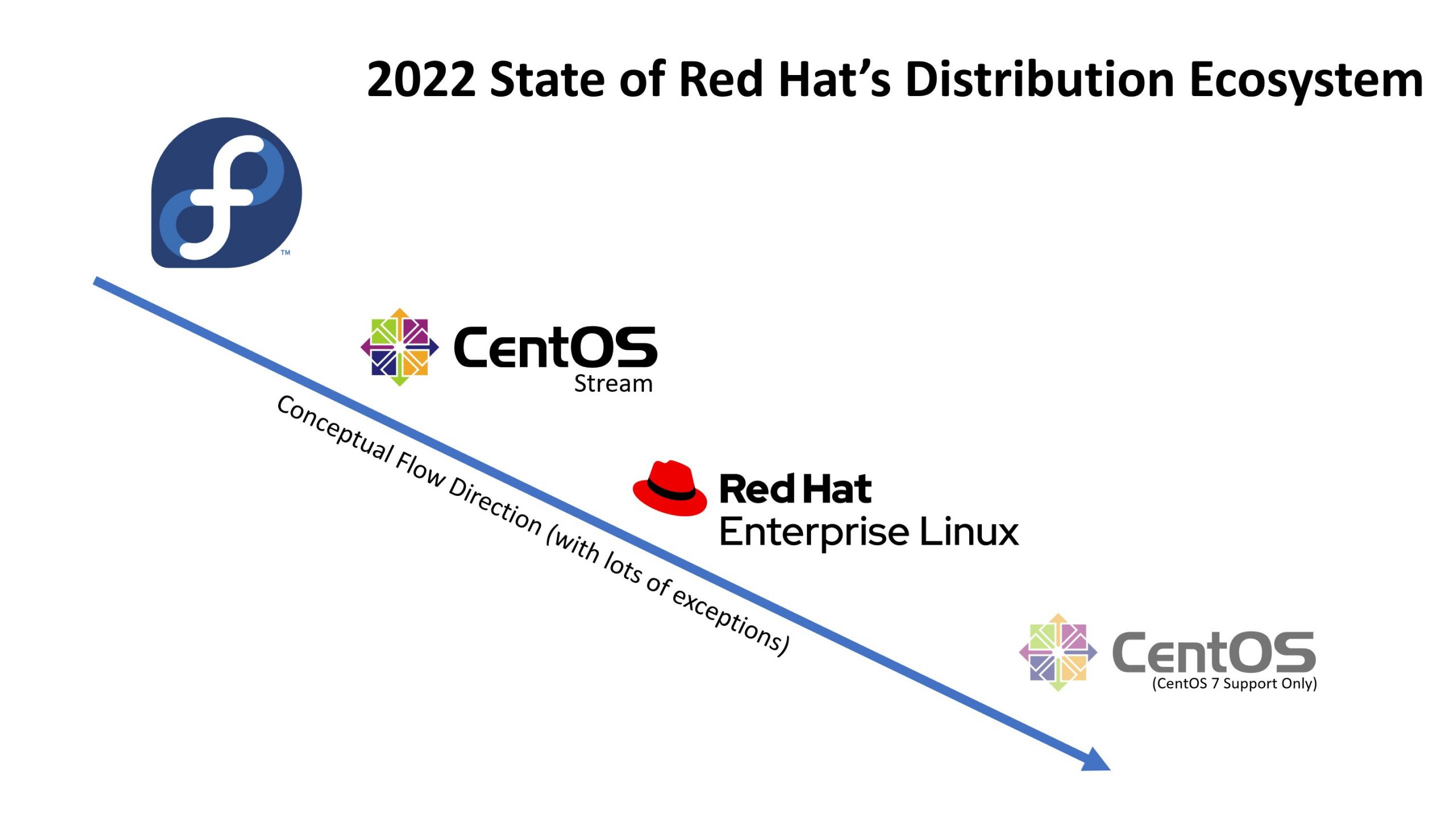
Then, on December 8, 2020, Red Hat announced that it was going to cut the current CentOS 8 support timeframe down considerably in the process of effectively killing the project. While 2021 may not be impacted, with CentOS 6 EOL on November 30, 2020, and CentOS 8 EOL on December 31, 2021, by January 1, 2022 CentOS 7 will be the only one receiving Maintenance Updates. The CentOS name will live on but in a different part of the ecosystem than it has to date.
CentOS Stream and the New Red Hat Operating Model
CentOS Stream is a project that sits between the upstream Fedora Linux and RHEL. While CentOS 8 is being shut down, and we do not expect a CentOS 9 unless there is a major change in direction at Red Hat, the CentOS name will live on for now in the CentOS Stream after CentOS 7 eventually goes EOL on June 30, 2024. By the second half of 2024, and by 2025 we expect this is what the diagram will look like.
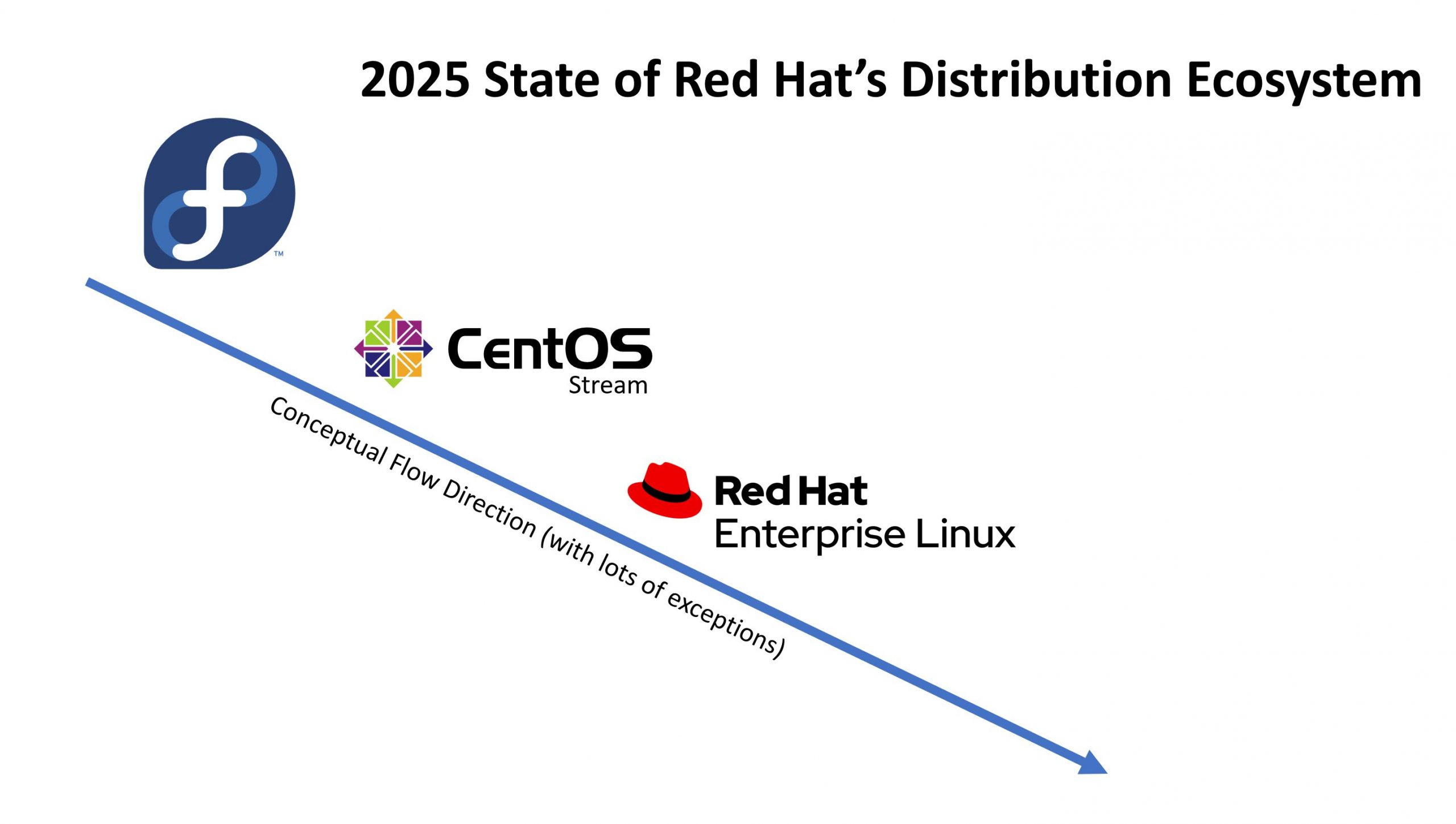
For those who are current CentOS users, this means that what will be known as CentOS is being moved upstream of RHEL instead of downstream. Many of the current CentOS users like the fact that it is broadly tied to the RHEL ecosystem, and by moving it upstream it becomes a different value proposition.
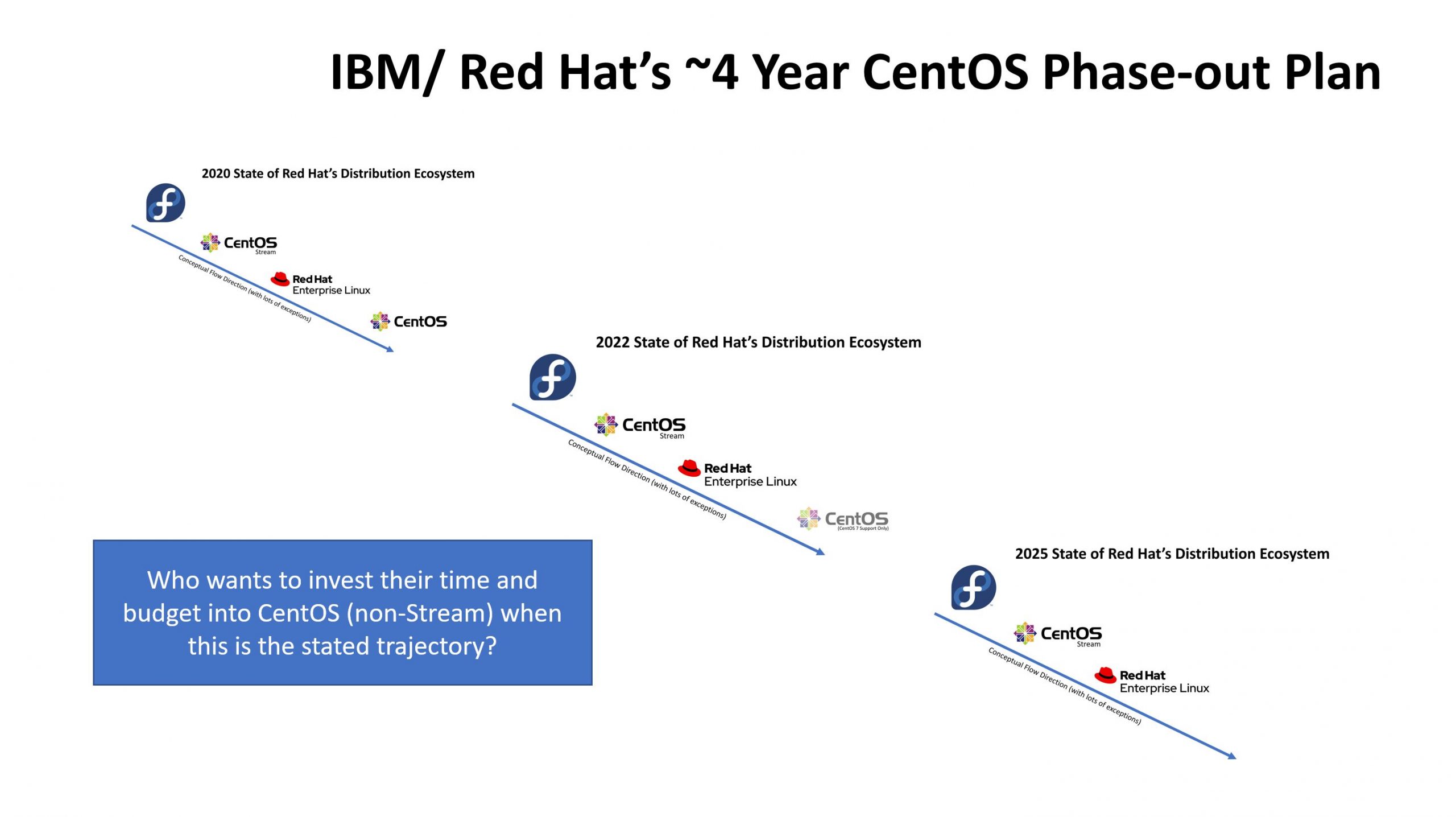
As much as I have an affinity for the CentOS brand, I do not like “CentOS Stream” being used, especially without CentOS being discontinued as a downstream distribution from RHEL. It made some sense for both to be active, but CentOS Stream may as well be called “BigBlue Hat Enterprise Linux Stream” or something like that. Fedora is not RHEL Stream for a reason. In the future Fedora, CentOS Stream, then RHEL will make sense from a branding perspective, except that CentOS is so widely used that it has a history, a history that will be chronicled for decades in Q&A sites, how-tos, and other user support artifacts from the CentOS (non-stream) era.
What Red Hat Needs to Do, ASAP
As part of the announcement, RHEL has hinted that it would be doing something with its RHEL licensing to help the CentOS community, and there is a step it could take to turn this into an amazing gambit for Red Hat: opening a non-subscription level to RHEL beyond the current developer license.
“There are different kinds of CentOS users, and we are working with the CentOS Project Governing Board to tailor programs that meet the needs of these different user groups. In the first half of 2021, we plan to introduce low- or no-cost programs for a variety of use cases, including options for open source projects and communities and expansion of the Red Hat Enterprise Linux Developer subscription use cases to better serve the needs of systems administrators. We’ll share more details as these initiatives coalesce.“ (Source: Red Hat)
This is the sort of move that could yield huge dividends for Red Hat. If the migration path was from CentOS 8 to a carefully crafted “RHEL-freemium” distribution, which is how many viewed CentOS at a high-level anyway, then it has the ability to greatly increase Red Hat’s installed base in its main RHEL distribution. There are huge ramifications for this from an IP, licensing, and even just a business perspective, but it would be an amazing move. At the same time, it is a move that if Red Hat wanted to do, it should have been announced along with the CentOS retirement to quell the confusion. Effectively, Red Hat would be doing what iXsystems did to migrate FreeNAS to TrueNAS Core just on a much grander scale.
Red Hat desperately needs to have a good path forward. Perhaps none are perfect, but asking CentOS users to upgrade to CentOS Stream, pay for a RHEL license, or leave the ecosystem seems like a highly imperfect set of options.
Final Words
The intellectually easy answer to what is happening is that IBM is putting pressure on Red Hat to hit bigger numbers in the future. Red Hat sees a captive audience in its CentOS userbase and is looking to covert a percentage to paying customers. Everyone else can go to Ubuntu or elsewhere if they do not want to pay. That seems a bit shortsighted of an explanation we have heard offered.
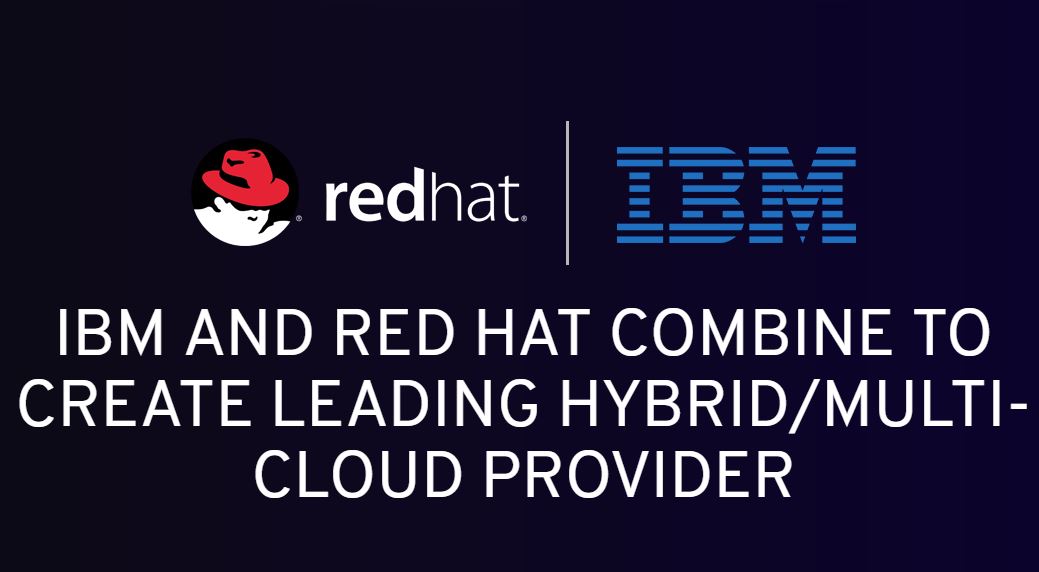
The strange part of the Red Hat announcement was that it sets a precedent that is not great. Both Red Hat, and IBM its parent, are very large, sophisticated companies. There is little chance they did not foresee community outcry over an abrupt change of direction like this. Sometimes, those changes have to be made, and in the technology industry change should be the status quo. At the same time, seeing a large, established company making this kind of abrupt change, that has a major operating impact on a large user base, without a clear path forward, is a scary precedent. RHEL customers are taking notice asking if this is what they can expect from the company moving forward.
There are basically two paths forward here. One is that Red Hat becomes the Apple (or IBM?) of the Linux ecosystem, becoming a high-priced exclusive vendor with great technology. The second is that Red Hat unveils a roadmap that does not leave the CentOS community peering over the edge of an end-of-support cliff.
As always, we would love to hear STH community’s thoughts on the announcement. There is a thread in our forums here.

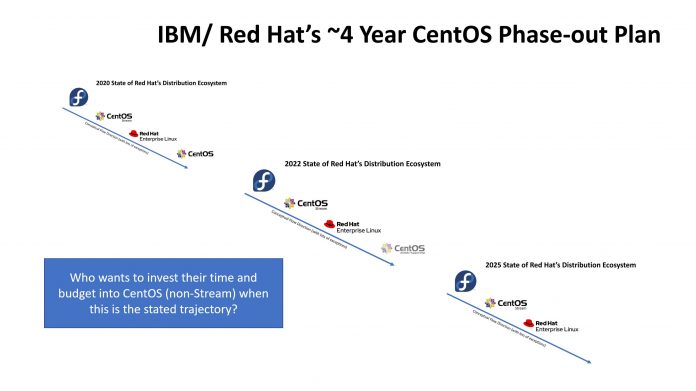



Great Article, Great Video!
As usual the best analysis and commentary in the tech-journalist space on such topic.
Though the article on The Next Platform is also worth reading to see things from the HPC/Hyperscale viewpoint.
Cheers!
This was such a rushed decision that they didn’t even roll out new licensing models/funnels for stranded users, as mentioned in the article. I’m curious as to why. Clearly this came from the top with little input, but this is a major decision affecting a major product that they effectively own. It sounds an awful lot like a someone in a corner office looked at a balance sheet with little or no understanding of the product and axed it in a McKinseyian act of ignorant self-sabotage.
I think this speaks more to IBM’s management than anything and is a worrisome sign as to their stewardship of Red Hat, both now and into the future.
I don’t know why people are continually surprised that software required paid people to support all aspects of it.
Open Source is great until no one wants to scratch the boring/uninteresting itches.
I don’t think Red Hat actually owns CentOS but they effectively do.
Great article. Video is better
The only thing I can fault RedHat is for the poor communication. Otherwise I don’t see the change as something unreasonable. The announced model is quite similar to other open source projects – we give you free software but you are beta testing it for us. The whole “controversy” is due to the fact that a lot of people have gotten used to CentOS being free RHEL. The free lunch is over.
Another interesting point – is the RHEL model still sustainable? A lot of “enterprise” technologies are getting EoL (Java 8, Flash, etc.). If you want the 10+ years of support somebody has to pay for it. More and more companies are reducing their support cycles so the SW has to move faster or pay the premium.
RHEL / CentOS was already laughably obsolete, and now it’s a nonstarter for any serious use.
These commenters don’t get it — CentOS being free RHEL was the whole point.
Red hat bought up an open source project promising to commit resources to it and then killed it instead.
Embrace, extend, extinguish is what got microsoft in trouble and it’s exactly what red hat is doing here.
“Embrace, extend, extinguish is what got microsoft in trouble and it’s exactly what red hat is doing here”
This is what they are doing. When they bought RH they knew they would kill CentOS. DOJ should investigate IBM for anti-trust practices.
Seems like another “MBAs Ruin Everything” moment.
Not that RHEL and CentOS are relevant anymore, using ancient kernels and touting uptime and compatibility in a world where I truly do need the latest kernels for features and hardware support and the whole thing is IAC driven deployments where machines are spun up and deleted on demand.
Does anyone remember 18-19 years ago when there was a “free” Redhat district distro that offered a service contract as needed? Then Redhat discontinued the free distro leaving users to either shell out for a service contract or find a new distro. Fast forward to Fedora (not really production quality) and CentOS being gobbled up, and eventually Redhat themselves being swallowed up by IBM. Now history repeats and once again the “free” distro is killed and it’s either pony up for a mandatory contract, or check out other distros to migrate to.
I was a heavy RH user as a hobby user and school district back in those early days, no budget for a contract. I lost most of my faith in RH back then, and this seals the deal.
Yeah. This is stupid, and typical IBM behavior. They’re going to run Red Hat into the ground unless they present a clear plan to offer a stable Linux to those who don’t want to pay full boat for RHEL.
It seems pretty obvious that they ought to be going the Ubuntu route: distribute the bits for free, and then people either pay for the support contract or they don’t.
N/A
The thing is that CentOS is a better experience. I can use all the RHEL lisences I like a my company, but I don’t. It’s to much trouble to manage licenses.
Happy that my company chip in this way, but I would have liked a more direct approach. I.e. support for CentOS or just some way to donate money to the project.
People like Linux because of the *freedom* to just spin up test servers and containers (on CentOS) without worrying about licensing until you get to your important production (RHEL) instances. Attempting to force people into buying licenses for every damn little thing makes it feel like closed source. It feels like I’m being strong-armed. I don’t like that. I’m not gonna pay up, I’m gonna leave.
Centos guys are already working on an alternative – Rocky Linux. Check it out
hmm.. Maybe it’s time to fully jump ship and switch to FreeBSD so I don’t have to worry about this stuff anymore.
I like you idea to rename “CentOS Stream” to “Blue Hat”. Hillarious!
I think the decision to cancel CentOS is very depressing. I keep wanting IBM to succeed and they keep doing weird stuff that shows little understanding. In order for RHEL to have a large user base there needs to be a way for people to start cheap, learn the tools and then grow. The same is true for hardware.
The reason ARM continually trounces Power in the market is because of the enthusiasm people have in small systems with leading price performance.
It doesn’t matter if RHEL and Power and the best systems in the world if nobody is familiar with them due to lack of low-cost entry-level opportunities.
I’m still struggling to see the difference between centos-stream and fedora.
I guess its back to Debian, Slackware, or BSD. I ran several thousand Debian Lenny servers for a bank and never had any issues. We even contracted a kernel expert to help us optimize them. No support needed.
Anyone with a current centos 8 system should migrate to AlmaLinux.. they have a script to convert your centos system without having to reinstall..and offer 8 years more support.
Pick one, use it, stop saying “Cent or Cent-ah-s or Cent-oh-s” every time. So annoying.
Big Blue does what it does “best”
“I’m still struggling to see the difference between centos-stream and fedora.”
Owning CentOS and sponsoring Fedora are the major difference besides any changes in decisions in packages/config/etc.
RHEL has a life cycle that makes it attractive to businesses with software development on stable products & change control.
So, no, it won’t have the latest greatest and if you don’t understand that, go work for companies that DO have software development life cycles, change control, etc. that depend on things working and not breaking every few days/weeks because you’ve absolutely got to have the latest greatest of all things. Just because YOU want them, doesn’t mean you NEED them. Living on the bleeding edge has its disadvantages too – like waiting on other packages to get updated reliably – but you know SDLC…;-)
As John said – Check out Rocky Linux – Rocky Linux is led by Gregory Kurtzer, founder of the CentOS project and see his FAQ “How will you ensure that Rocky Linux truly remains a community enterprise operating system?”
Title is completely misleading and malicious..
There are numerous articles, analysis confirming why this has nothing to do with IBM and why it might actually be long term good decision. I am just a user and can’t judge better than experts who wrote the articles, but migration affects me minimally with few commands I needed to execute.
One I could agree, they (Red Hat) shouldn’t break promised release cycle, that was surprise that should never happen